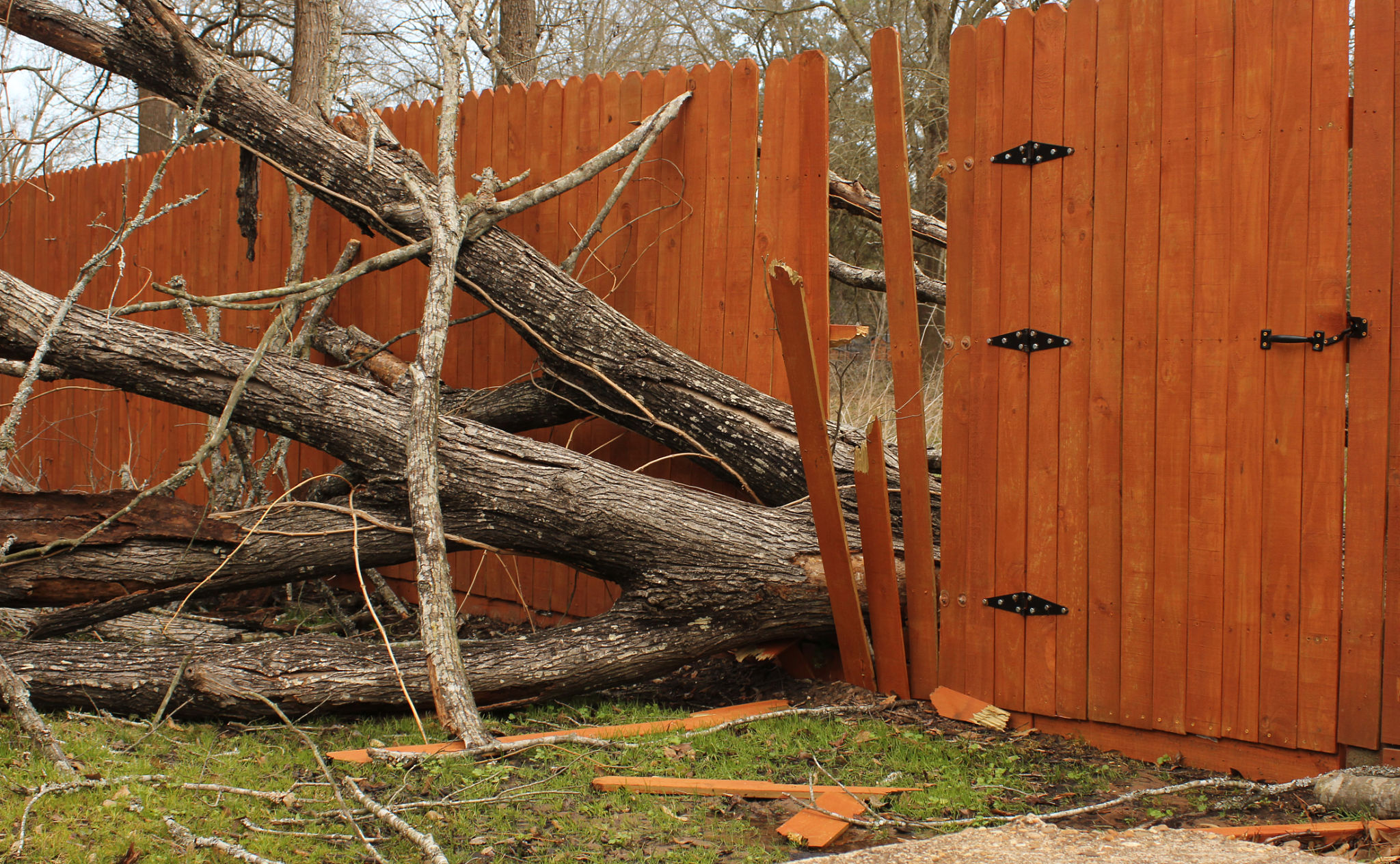Understanding the Storm Restoration Process: From Damage to Recovery
Assessing the Damage
When a storm strikes, the first step in the restoration process is a thorough assessment of the damage. This involves evaluating the extent of destruction to both the exterior and interior of the property. Common areas of concern include roof damage, broken windows, and flooding. It is crucial to conduct this assessment safely, ideally by a professional, to identify all areas that require attention.

Once the initial evaluation is complete, it's important to document the damage for insurance purposes. Taking photographs and detailed notes will aid in filing a comprehensive claim. This documentation serves as evidence when dealing with insurance adjusters and ensures that nothing is overlooked during recovery.
Filing an Insurance Claim
After assessing the damage, the next step is to contact your insurance provider to file a claim. This process can often be complex and time-consuming, but it is essential for securing the financial support needed for repairs. Be prepared to provide all necessary documentation, including photographs and detailed descriptions of the damage.
Insurance companies typically send adjusters to inspect the property and verify the claim. It is beneficial to be present during this inspection to ensure that all areas of damage are noted. This helps expedite the claims process and ensures that you receive the coverage you're entitled to.
Emergency Repairs and Mitigation
Before full-scale restoration can begin, it may be necessary to conduct emergency repairs to prevent further damage. This might include tarping roofs, boarding up windows, or removing debris. These actions help protect your property from additional harm caused by exposure to the elements.

Mitigation efforts also involve addressing immediate safety hazards such as downed power lines or compromised structural elements. Hiring a professional restoration company can help ensure that these urgent tasks are handled efficiently and safely, allowing you to focus on other recovery aspects.
The Restoration Process
Once emergency measures are in place, the full restoration process can begin. This stage involves repairing or replacing damaged structures like roofs, walls, and floors. Water extraction and drying are crucial if flooding occurred, as moisture can lead to mold growth and further structural issues if not properly addressed.
- Roof repairs
- Window replacements
- Structural repairs
- Water extraction and drying
Restoration professionals utilize specialized equipment and techniques to ensure that repairs are thorough and lasting. Their expertise helps return your property to its pre-storm condition as efficiently as possible.

Recovery and Prevention
After restoration is complete, focus shifts to recovery and prevention. This includes addressing any lingering concerns such as mold remediation or landscaping repairs. It’s an opportunity to improve your property's resilience against future storms by reinforcing vulnerable areas.
Consider investing in storm-resistant materials for your home or business, such as impact-resistant windows or reinforced roofing. Additionally, regularly maintaining your property can mitigate potential damage in future storms.
Conclusion
The storm restoration process, from damage assessment to recovery, requires careful planning and execution. By understanding each step and working with experienced professionals, you can ensure a smoother recovery journey. Being prepared for future storms by implementing preventative measures can also significantly reduce potential damage and stress.
